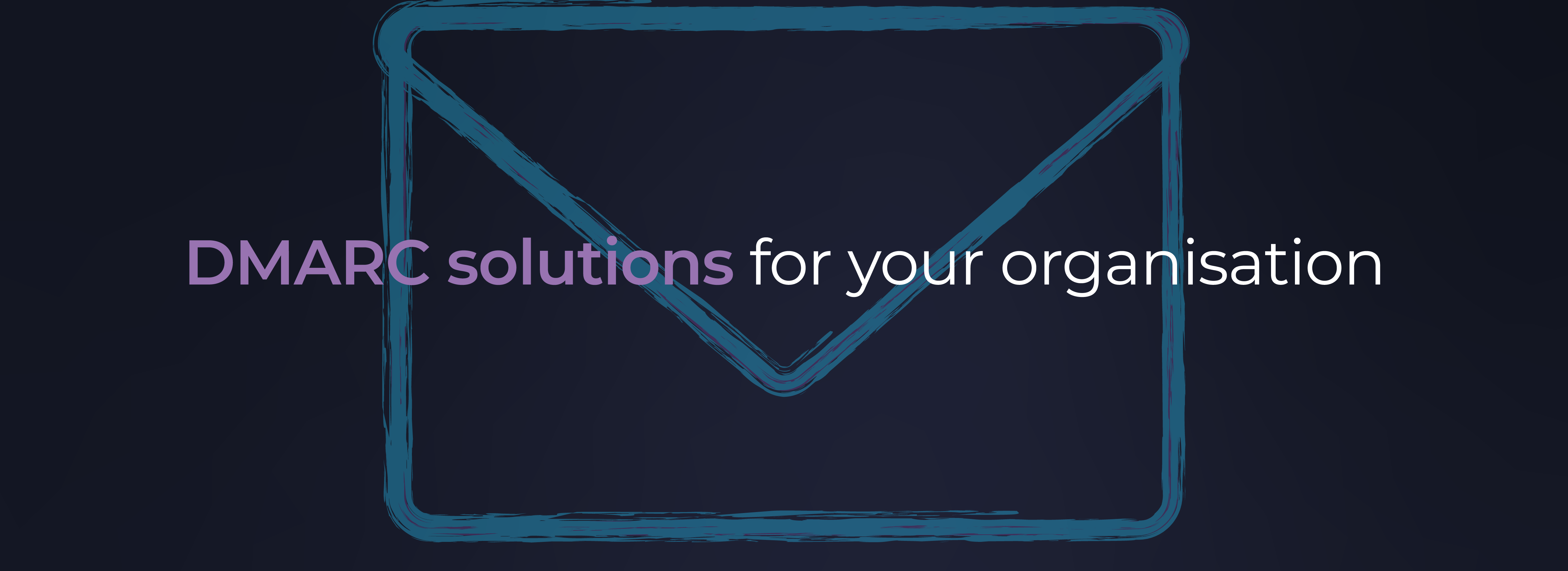The cybersecurity landscape is witnessing a concerning trend that cyber insurance brokers and insurers cannot ignore:
Chief Information Security Officers (CISOs) are increasingly looking for exit routes from their roles, driven by mounting personal liability concerns and a growing “blame culture” in the wake of cyber breaches.
Recent research from Panaseer reveals a stark reality: 61% of organisations suffered a security breach in the past year due to control failures, while 90% of security leaders face increased pressure to provide better assurance around security control performance.
Perhaps most tellingly, 72% of CISOs have already taken out personal indemnity insurance, with another 20% actively considering it—a clear indication that security leaders are preparing for worst-case scenarios.
The implications for organisations are severe. According to the research, 15% of security leaders have considered leaving the industry entirely, while 41% report increasing anxiety about their decision-making. This potential exodus of experienced security talent comes when cyber threats are more sophisticated than ever. Panaseer CEO Jonathan Gill notes, “If this blame-game culture continues whilst CISOs are left powerless to provide accurate assurances, many will leave the industry—either of their own volition or at the behest of courts.”
The Emerging Role of Indemnity Insurance
Indemnity insurance has become a safety net for many CISOs, offering protection against personal financial liability arising from cybersecurity incidents. Unlike traditional liability insurance that primarily covers organisational risks, personal indemnity insurance specifically shields individuals from legal costs and damages stemming from decisions made in their professional capacity. This shift underscores the mounting pressure on security leaders to navigate complex threat environments while maintaining compliance and protecting organisational assets.
For many CISOs, the move toward indemnity insurance is a pragmatic response to a hostile environment. Cyber breaches are no longer seen as solely technical failures; they often trigger intense scrutiny at the board level and, increasingly, legal repercussions. High-profile cases where CISOs faced lawsuits or were dismissed in the wake of breaches have highlighted the risks. As a result, indemnity insurance is emerging as a critical tool for retaining and attracting top security talent.
The Broader Impact on Organisations
The potential departure of senior security leaders poses significant risks to organisations. Cybersecurity expertise is in high demand, and leadership vacuums can leave organisations vulnerable to attacks. Moreover, the knowledge and experience that CISOs bring to their roles are irreplaceable in the short term. When organisations lose such talent, they face heightened risks and often struggle to maintain regulatory compliance and operational resilience.
Adding to these challenges is the alarming statistic that 70% of organisations report gaps in their risk visibility. This lack of clarity not only hampers effective threat mitigation but also complicates the underwriting process for cyber insurance. Insurance providers increasingly rely on accurate, comprehensive data to assess risk profiles, yet many organisations fall short in providing the necessary insights. This disconnect creates a vicious cycle: inadequate risk visibility leads to higher premiums and limited coverage, which further strains already stressed security teams.
A Call for Collaborative Solutions
The current situation demands a more nuanced approach to cyber insurance. For brokers, it is no longer sufficient to assess an organisation’s technical controls; they must also consider the stability of the security leadership team and the support structures in place to protect them. This involves understanding the organisation’s risk culture, evaluating its ability to provide accurate reporting, and ensuring that CISOs feel empowered rather than isolated.
Moreover, brokers can play a pivotal role in helping organisations bridge their risk visibility gaps. By collaborating with clients to implement robust risk assessment frameworks, brokers can facilitate better alignment between security practices and insurance requirements. This not only enhances the organisation’s security posture but also positions brokers as trusted advisors in the increasingly complex cybersecurity landscape.
The Role of Technology in Reducing Pressure
Advanced security technologies can alleviate some of the burdens on CISOs by automating key aspects of cybersecurity management. Tools that offer real-time risk visibility, continuous monitoring, and automated compliance reporting can significantly reduce the manual workload associated with maintaining security controls. By investing in such technologies, organisations can empower their security teams and provide more reliable data for decision-making and insurance purposes.
Technology can also support predictive analytics, enabling organisations to anticipate potential breaches and respond proactively. This forward-looking approach not only strengthens security defences but also builds confidence among stakeholders, including insurers. When organisations demonstrate a proactive and data-driven approach to cybersecurity, they are better positioned to negotiate favourable terms for cyber insurance.
Building a Resilient Cybersecurity Strategy
The rising pressure on CISOs highlights the need for a holistic approach to cybersecurity and cyber resilience, that balances technological investments, leadership support, and risk transfer mechanisms like insurance. Organisations must recognise that strong security leadership is critical to their overall resilience.
This includes:
1. Investing in Leadership Development: Providing CISOs with the resources, training, and support they need to navigate complex threat environments.
2. Promoting a Positive Risk Culture: Shifting away from blame-centric approaches and fostering collaboration across all levels of the organisation.
3. Enhancing Risk Visibility: Leveraging advanced tools to gain a clearer understanding of the organisation’s risk landscape and prioritising actionable insights.
4. Strengthening Insurance Partnerships: Working closely with brokers to structure comprehensive cyber insurance policies that address both organisational and individual risks.
The Way Forward for CISOs and Insurance Brokers
As the cybersecurity landscape evolves, the role of CISOs will continue to be pivotal.
However, retaining top talent requires a fundamental shift in how organisations approach cybersecurity leadership. Insurance brokers have a unique opportunity to redefine their value proposition by offering solutions that go beyond traditional risk transfer.
By framing cyber insurance as part of a broader strategy to empower CISOs and strengthen organisational resilience, insurance brokers can help clients navigate the complexities of modern cybersecurity. This includes advocating for policies that protect individuals as well as the organisation, fostering stronger collaboration between security leaders and the board, and promoting investments in technologies that enhance both security and risk visibility.
If your clients understand that cyber insurance complements rather than replaces strong security measures and security leaders seek additional protection, the question shouldn’t be whether to get cyber insurance but how to structure the cover to best protect the organisation’s specific risk profile.
Contact us today if you’d like help assessing your client’s cyber risk profile and security posture.
Source: https://www.infosecurity-magazine.com/news/cisos-indemnity-insurance-breach/
























